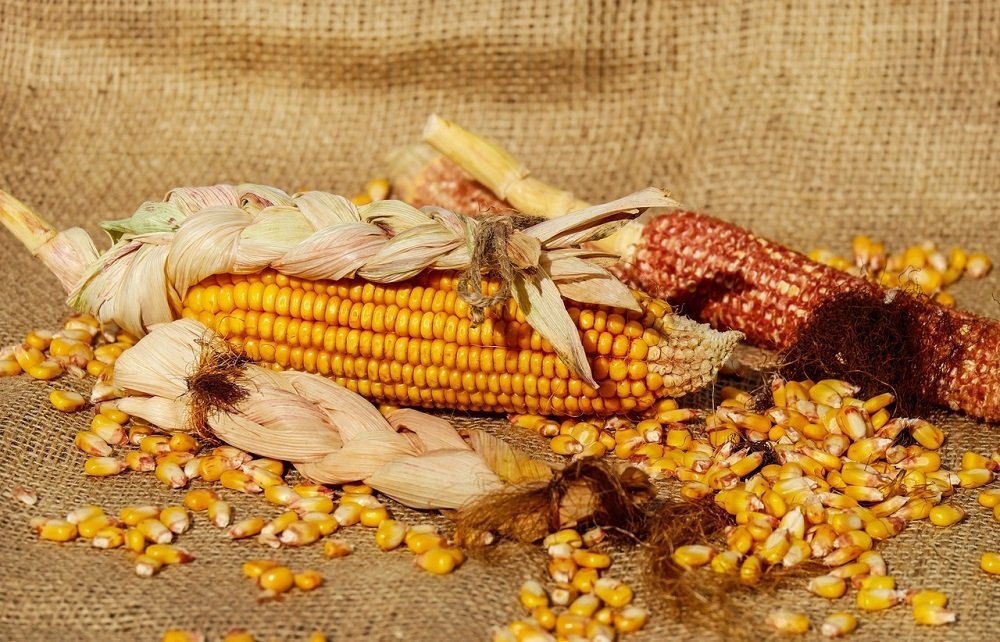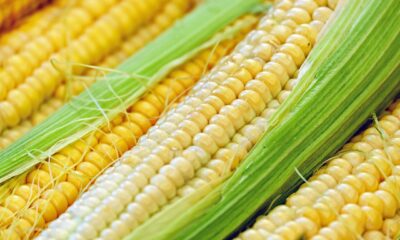Business
Will USDA overestimate the “Big 5” again?
Is there a great enough incentive for a repeat of more acres like last year?

Wrapping up the month of March, the USDA released the high anticipated Quarterly Stocks and annual Prospective Planting reports. Ultimately, the USDA was pretty on par with the average trade estimates.
Quarterly Stocks, while bearish against the average trade estimates, the average trade was pretty close to accurate and may account for small adjustments to beginning stocks once the April WASDE report comes around next week. However, Quarterly Stocks is more about “what is” while Prospective Planting is “what will be”; or will it? Unlike last year, the average trade was pretty spot on the acres estimate. Heading into the report, the average trade estimated corn acres to be near 90.97 million and soybeans near 88.21. The USDA estimates came out as 89.996 million acres of corn and 89.482 million acres of soybeans for what may be a new record!
The USDA reports corn production across 48 states, however 94.12% of US corn acres are grown in the “Big 20” states with the “Big 5”; Iowa, Illinois, Nebraska, Minnesota, and Indiana accounting for 53.06% of US corn acres compared to 52.55% last year while the “Big 20” account for 93.70% last year as “fringe” states give up corn acres to soybeans and other crops.
On average since 2012, the “Big 5” corn states have been overestimated for corn acreage on the Prospective Planting report in comparison to actual planted. The USDA overestimated corn acres in 2016 by 300,000; 2015 by 550,000; 700,000 in 2014 and 1,250,000 in 2012. However, they are much more hit and miss on the remaining “Big 20” as they overestimated acres by 770,000 and 1,710,000 in 2016 and 2012; respectively while underestimating in 2013, 14 and 15 by 610,000, 340,000 and 300,000; respectively. If these recent trends continue, the “Big 5” are likely to come in with fewer corn acres than what the USDA has planned and mostly leaves an increase in acreage in the hands of the remaining states of the “Big 20” which played a decisive role in higher planted acreage last year as they were underestimated by 770,000. Is there a great enough incentive for a repeat of more acres like last year?
The months of February and March are critical when it comes to making the financial aspect decisions for what to plant with marketing opportunities as the incentive. Last year, the year of underestimated corn acreage, offered a little incentive in the spring to producers. Soybeans were trading sub-9 dollars with corn trading between 360 and 395. Neither choices were favorable leaving nearly the only choice of profit through higher production; that sure did happen! While this didn’t help the marketing situation much, it did push many producers near or above their respective breakeven. This time around corn is still trading sub-4 dollars during February and March, however, soybeans managed to hold the 10 dollar mark. Corn may be lacking the incentive.
So what if, what if the USDA is correct and the US is looking to plant 89.996 million acres and harvest roughly 83.0 million? Taking into account a lower export number, thanks to the massive crop in South America, and giving a slight boost to ethanol for a total demand of 14.445 billion bushels; a trend line yield of 170.7 results in an ending stock decline of 220 million bushels. Still leaving a very healthy ending stock. Even a drop of acreage to 88.5 million still leaves ending stocks near 1.900 billion bushels. Lower acres definitely helps the fundamental situation, it plays a much smaller role than yield. What if we have a drought? No, I am not going to 2012. That year was a wild card, as was last year. 2013, 14 and 15 averaged a yield of 165.8. Not a bad crop by any means, not great for what we have seen recently but still not bad. That yield with the same 14.445 billion bushel demand brings ending stocks down to near 1.7 billion. A 157.8 yield drops stocks near the key 1 billion bushel mark.
Will the “Big 5” plant more acres than currently estimated and break the USDA’s history of overestimation? While it no longer appears we are staring down a drought, some may be wondering how late planting is going to get going. Raining across the Corn Belt today with more in the forecast and December corn closing today’s session at 389’2…. Is there incentive to “get it done”?
Corn is King and it has reigned for decades but will this be the year the King falls? Maybe, I have my doubts but this year could very well be it. However, that may bring about a new opportunity and life for the corn market! In almost every scenario except another near/new record-sized crop has ending stocks on the decline; at the very least the bearish situation has stopped getting worse for the time being. Rallies may be slow and cautious but even a hint of weather concerns that may impact key growing regions could generate fear within the markets and with managed money holding a large net short position, they have a lot of buying to do if fear becomes the focus.
—
DISCLAIMER: Trading commodity futures and options involves substantial risk of loss and may not be suitable for all investors. You should carefully consider whether trading is suitable for you in light of your circumstances, knowledge and financial resources.

-

 Africa5 days ago
Africa5 days agoMorocco Allocates 1.3 Billion Dirhams to Boost Startup Ecosystem Under Digital 2030 Strategy
-

 Crowdfunding2 weeks ago
Crowdfunding2 weeks agoStar Citizen Funding Soars as 2025 Becomes Its Most Successful Year Yet
-

 Crypto2 days ago
Crypto2 days agoAAVE Community Challenges Aave Labs Over Governance and Control
-

 Crypto1 week ago
Crypto1 week agoCrypto ETF Inflows Signal Renewed Market Confidence


























You must be logged in to post a comment Login